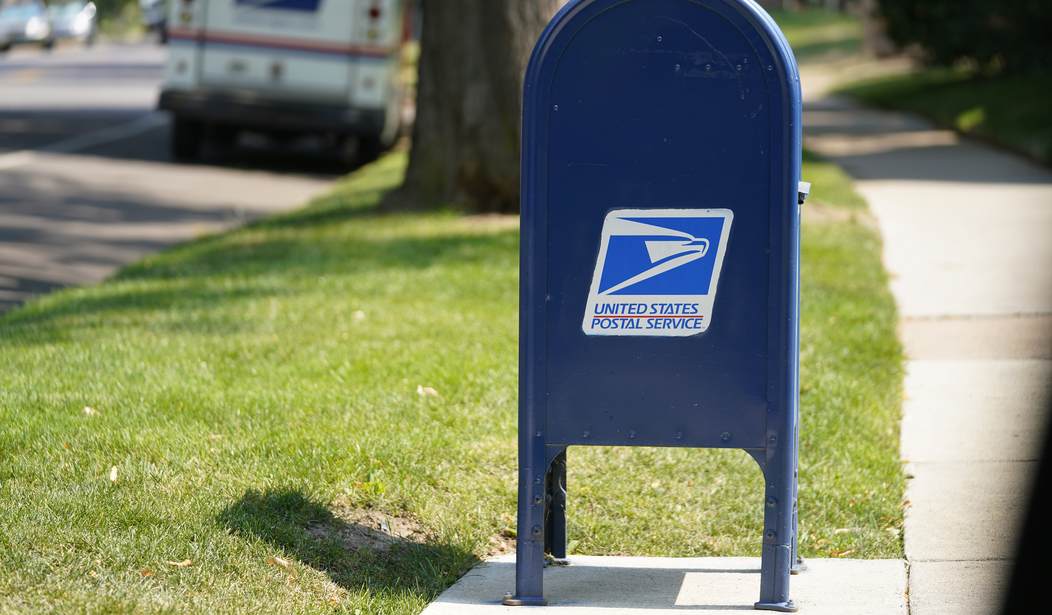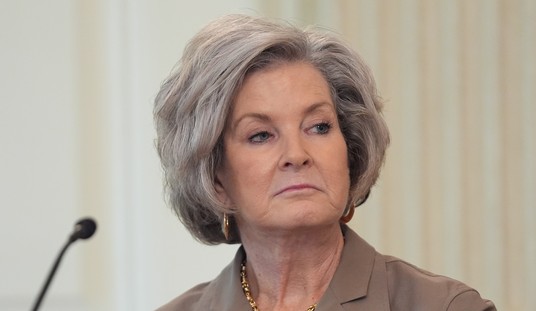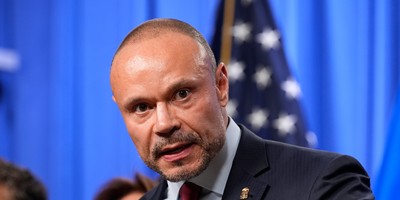The hyperbolic claims about whether or not the U.S. Postal Service is prepared for the upcoming November election have reached astounding proportions. In the midst of all the political theater in Washington, Postmaster General Louis DeJoy sought to clear the air by communicating a few obviously realities about the USPS.
In the short term, the Postal Service is fully equipped to handle the nation’s election mail, and that it has a fully stocked coffer of cash to deploy if the situation demands it. In the long-term however, DeJoy has been mindful of the existential crisis facing the Postal Service with its immense recurring debts and growing competitive eCommerce pressures that erode the fabric of the institution from the inside out. After all the work in the months ahead to effectively serve voters, the Postal Service will have to look inward at its delivery management given that this federal government agency has been routinely identified as a “High-Risk” entity according to the Government Accountability Office.
Since the early 2000s, as the GAO decries “a bleak financial outlook that put its mission of providing universal postal service at risk.” To help resolve this DeJoy is applying his expertise in the logistics field with a number of efficiency fixes, which in the years to come will reinvigorate the Postal Service’s business sensibilities and bring “clarity and economies of scale that will allow us to reduce our cost base and capture new revenue.”
As delivery time performance continues to be discussed, the depths of the Postal Service’s total delivery load remains apparent. At the onset of the pandemic there was a huge initial shock of consumers fleeing to online ordering, and now the rates of Americans buying online have increased even more after the surge in April. In response to this the Postal Service frantically tried to become the package delivery superhero – no matter what the cost. In recent months the Postal Service has stopped at nothing to improve timeliness of packages, with on-time rates climbing as high 92.9 percent of the time. By comparison, the majority of letters and cards delivered by USPS have routinely missed performance targets, with some rates as low as 81.4 percent on-time.
Recommended
The concerns about parcel services have been amplified further by the curious cases of postal supervisors pressuring staff to put packages at the front of the line for delivery. Core letter mail services are supposed to be USPS’ highest priority – but that appears to have gone by the wayside. Revisiting this principle should be critically important for the Postal Service not just for the months ahead, but also for years to come. As the Postmaster General notes, the Coronavirus has sparked majorly “increased expenses and heightened demand for online shopping package volume,” such that package prices had to be nudge upwards in anticipation of even bigger issues around the end of year holidays. But will it be enough? Offering packages at below-cost prices in this summer’s market has proven to overwhelm Postal employees.
USPS’ dedication to package handling at the expense of mail has also been years in the making. The Postal Service has recently made letter mail customers pay for others’ package deliveries by imposing the largest stamp price hike in the agency’s history. But when packages come under the microscope for pricing review, the eCommerce giants vilify it as a “package tax” – effectively characterizing it as a typically government money-grab, when in reality the USPS is just hanging on for dear life to fund its worker pensions and pay down its debt.
Despite huge financial troubles, the USPS maintains $12.9 billion in unrestricted cash on hand that could be put to use for critical Postal functions and serving customers across the nation. Instead of playing politics with the Postal Service, it now makes the most sense to simply hold the USPS accountable for fundamentals of costs, revenues, and delivery standards. Although the Postal Service is ready for November, meaningful change will be needed in the years ahead to ensure the organization’s long-term sustainability.
George C. Landrith is the President and CEO of Frontiers of Freedom; a public policy think tank devoted to promoting a strong national defense, free markets, individual liberty, and constitutionally limited government.

























Join the conversation as a VIP Member